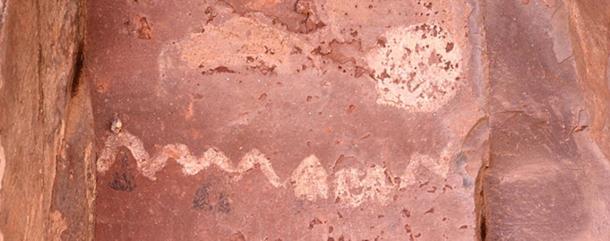RE: HIKING SEDONA - Trip Report from Hi-rise and V-V Ranch - Petroglyphs in N. Arizona
Archaeologists who explored the remote mesas of Northern Arizona have identified a previously undocumented group of petroglyphs, one of which confirms the presence of a prehistoric solar calendar.
The research had been led by experts affiliated with the Museum of Northern Arizona , with the support of the National Park Service. The supervisor of the study was David Purcell. Work began in 2014. The main goal of the project was to document the full extent of the rock art and other features of the site, many of which haven't been studied for decades or have never been seen before.
The result of their research is a complete library of photographic images of every panel, feature, and element of the area. The group of scientists were able to expand the scope of the project and conduct some pilot analysis as well. The works were focused on looking at how the rock art of the area is oriented to the horizon.The first information about petroglyphs in northern Arizona comes from the late 1800s. The study of them proved the human occupation of this area back as much as 4,000 years.
Among the petroglyphs, the most eye-catching is the one located on the southern face of a sandstone ledge at Horseshoe Mesa’s northern end.In 2006, archaeologists discovered another extraordinary petroglyph in Arizona. It was a rock carving which depicted an ancient star explosion seen by the Native Americans. It is believed to be the only known recording of a supernova in 1006 AD. That carving was found in the White Tanks Regional Park, Phoenix.
Thank you for sharing this topic.These issues are my specialty and I'm jealous of you.Because it must be so nice to be there. Thank you for reading @surfyogi

Great comment, very interesting to know, thanks!
According to Western Digs , the solar calendar has been marking the seasons for more than 700 years with a shadow dagger that travels across the sandstone face. This feature is made by a natural outcropping of rock above a panel of petroglyphs. Western Digs reports that the “shadow dagger” bisects a spiral carved onto the cliff wall, while another shadow interacts with a set of eight circles pecked into the panel’s left side.”
The researchers discovered the petroglyphs in the back country of the Wupatki National Monument site northeast of Flagstaff, in Arizona, USA. The area includes the ruins of dozens of sites built by Ancestral Puebloans, also known as the Kayenta or the Sinagua.
The Puebloans were an ancient Native American culture, who lived in southeastern Utah, northeastern Arizona, northwestern New Mexico, and southwestern Colorado. Researchers says that they developed as a part of the Oshara Tradition (circa 5,440 BC - 460 AD), which grew from the Paleo-Indian Picosa culture. Ancestral Puebloans lived in a range of structures from small family pit houses to larger buildings like grand pueblos - cliff side dwellings for defense and house clans. They especially dominated the Colorado Plateau and connected hundreds of communities around them.
Actually I was going to give more information, but I've kept my writing short for you to read.I wanted to write the rest.Thank you for reading @surfyogi
dude ive always wanted to go to that place, wow that's arizona? I thought new mexic, man I didntknow I lived so clos to such incredible ruins
and LOL
That guy obviously wanted people to think he might be Benjamin Franklin, like a name scammer lol
thank you:)